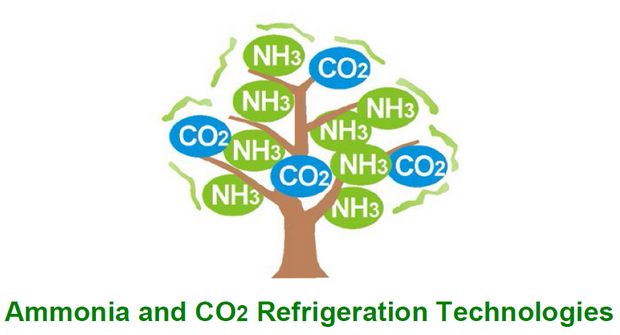7th Conference on Ammonia and CO2 Refrigeration Technologies

The 7th conference on Ammonia and CO2 Refrigeration Technologies will focus on the intensifying global trend towards using natural refrigerants, such as ammonia, carbon dioxide and hydrocarbons in various refrigeration applications worldwide.
This year the conference will welcome RAC experts from ECA (Europe-Central Asia) countries in connection with the UNEP ozone network.
Dates: 11/05/2017 – 13/05/2017
City, Country: Ohrid, Macedonia
Address: Metropol Lake Resort, Hotel Metropol ****
![]() Programme
Programme
![]() Preliminary papers list
Preliminary papers list
![]() 1st call for papers
1st call for papers
Scientific and technical program
Design of modern ammonia (NH3) systems and technological innovation
Low charge ammonia technology; Small size ammonia systems; Factory-made units
Advanced design and testing methods
Compatibility of ammonia with metals and new oils
Design of carbon dioxide (CO2) refrigeration and heat pump systems
Transcritical and subcritical operation
Modifications of cycles to improve the energy efficiency
Development of CO2 systems intended for hot climate
Ejector as an expansion device
New innovative components
Plate and “shell & plate” heat exchangers; DX evaporators
Microchannel air-cooled condensers; Improved evaporative condensers
Semi-hermetic and hermetic ammonia compressors
High-pressure ammonia and CO2 compressors
Energy efficiency of ammonia and CO2 refrigerating systems
Advantages of ammonia and CO2 versus fluorocarbon-based systems
New secondary coolants; CO2 as a secondary coolant
NH3/CO2 cascade systems
Applications of ammonia and CO2 refrigeration
Cold stores, food and drink industries; Supermarkets; Air-conditioning systems (liquid chillers)
Heat pumps (medium and high temperature heating)
Absorption machines
Modified absorption cycles; Trigeneration and district cooling
Ammonia and CO2 systems in developing countries
Modernisation, improvements, technical assistance, barriers
Technical and safety issues; Guidelines and training materials
Regulations on the construction and operation of ammonia and CO2 refrigerating systems
Education and training for: best practices, operating procedures, handling and safe operation
Public awareness of the image and benefits of natural refrigerants
Crucial and sustainable contributions to a better environment; Barriers to market penetration
Current and future use of natural refrigerants; Montreal and Kyoto Protocol, phase-down of HFCs
